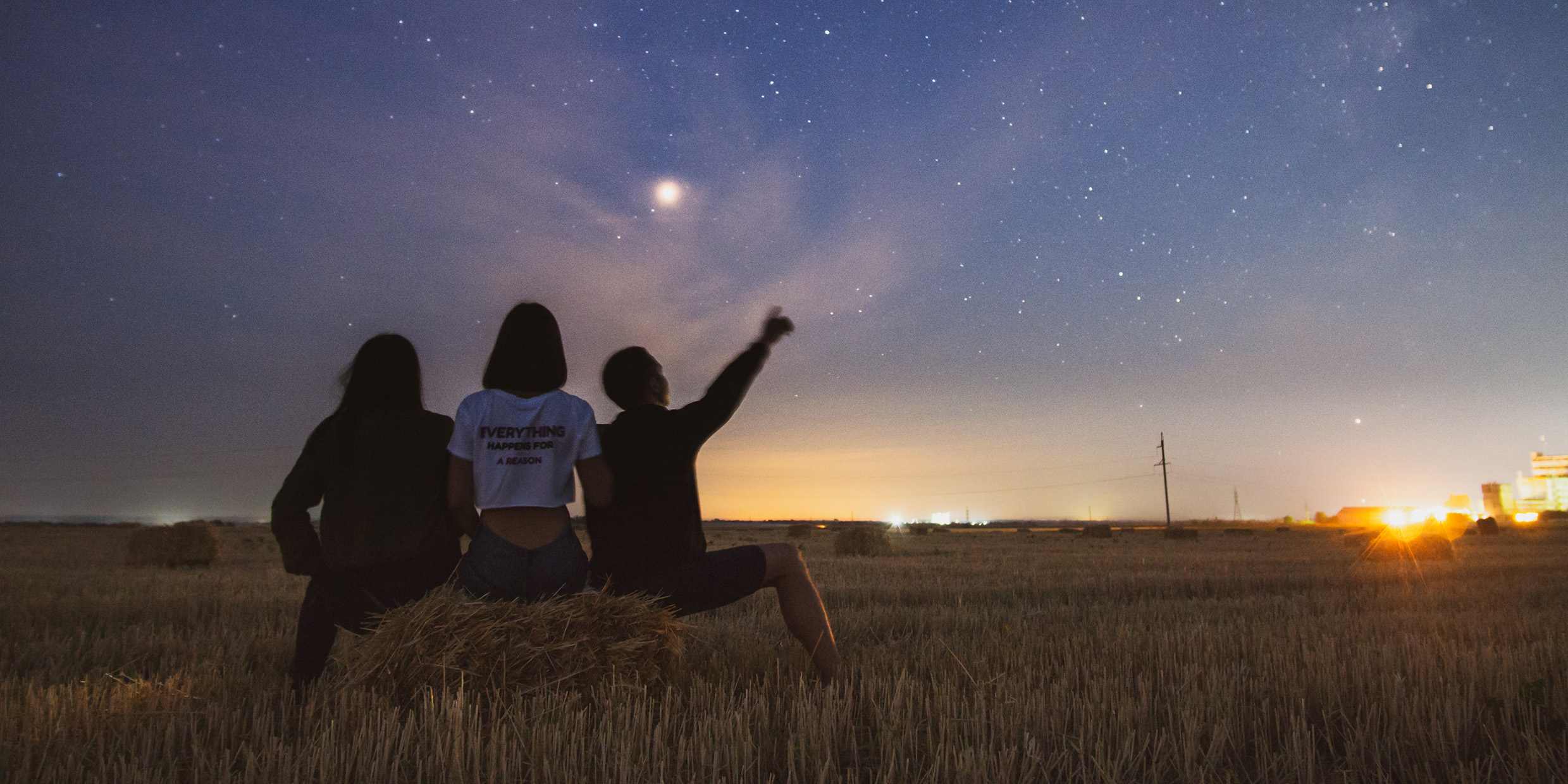Originally published 17 December 1990
The January 1991 issue of Sky & Telescope is on the newsstands and in the mailboxes. With this issue, the Cambridge-based astronomy magazine kicks off a celebration of its 50th year of publication.
Almost uniquely among journals devoted to a single science, Sky & Telescope appeals to both professional astronomers and casual star-gazers. By some editorial magic, the magazine bridges the chasm that separates technical scientists and star-struck poets.
It is a chasm that was described as long ago as 1854 by the poet Walt Whitman in “By the Roadside”:
When I heard the learn'd astronomer,
When the proofs, the figures, were ranged in columns before me,
When I was shown the charts and diagrams, to add, divide, and
measure them,
When I sitting heard the astronomer where he lectured with much
applause in the lecture-room,
How soon unaccountable I became tired and sick,
Till rising and gliding out I wander'd off by myself,
In the mystical moist night air, and from time to time,
Look'd up in perfect silence at the stars.
Whitman’s opposition of scientist and poet remains today as strong as ever. British novelist and physicist C. P. Snow called it “the two cultures,” a polarization of society into “scientific culture” and “literary culture.” According to Snow, the two camps have little in common and almost nothing to say to one another.
Both camps are impoverished.
Professional astronomers, with their catalogs of numbers, their computers, their galaxies and nebulas electronically amplified and displayed in false-color graphics on video monitors in the windowless basement of the observatory, are denied the visceral pleasure of the star-sprinkled sky, the moist night air, and silence. And poets are denied the astronomer’s rich reservoir of knowledge, which enhances and deepens our appreciation of the night.
Amateurs welcomed
For 50 years Sky & Telescope magazine has cultivated a very special readership, amateur astronomers who in the immediacy of their experience and depth of knowledge bring the two cultures together. No other science has acquired the same sort of amateur participation.
Amateur astronomers are amateur in the original sense of the word: the am- derives from the Latin word for love. What unites them is love of the night.
It has been suggested that the root of the Latin word for love, am-, had its origin in baby talk, like yum-yum or mmmm! an expression of delight. And that’s what propels amateur astronomers into the night when everyone else is settled down indoors. They seek the mmmm!, that special moment of delight when the night reveals itself in an intimate way, knowledge and beauty coming together in a seamless experience.
My dictionary of English usage says that the word amateur has acquired “a faint flavor of bungling and a strong flavor of enthusiasm.” That faint flavor of bungling devalues an otherwise honorable word. There are few bunglers among Sky & Telescope’s amateur astronomers; there is certainly a wealth of enthusiasm.
Since its inception, the magazine has tried to provide something for everyone who loves the night. Telescope builders. Comet seekers. Eclipse watchers. Variable star observers. Moms and pops in backyards pointing out constellations to sleepy kids. Armchair travelers through the universe.
And there is probably not a professional astronomer in the world who does not pick up the magazine now and then.
A love of the night
According to editor Leif Robinson, the magazine tries to be a living history of astronomy in all of its aspects, not only of avant-garde science but also of amateur innovations and observations. “We try to keep our pulse on the astronomical community worldwide,” says Robinson, and he means to include everyone who loves the night.
When Sky & Telescope organized a tour to Australia’s Outback to observe Comet Halley several years ago, it attracted a typical Sky & Tel crowd — a few professional astronomers, a few poets, and a sampling of everyone else, men and women, young and old, amateurs all, seeking the big mmmm! under a sky that arched with incredible clarity from horizon to horizon. These people stayed out all night every night, sweeping the desert sky with telescopes, binoculars, cameras, and the naked eye, expertly knowledgeable and wildly enthusiastic. They embodied a perfect unity of intellect and heart — Whitman’s chart-ladened astronomer and night-moist poet rolled into one.
A unity of intellect and heart is something Sky & Telescope magazine has been particularly successful at fostering. It’s a unity that will help our two-culture civilization mend its split personality.
To Sky & Telescope, for 50 years of service to astronomy, and especially for elevating the word “amateur” to its original honorable status, Happy anniversary!



